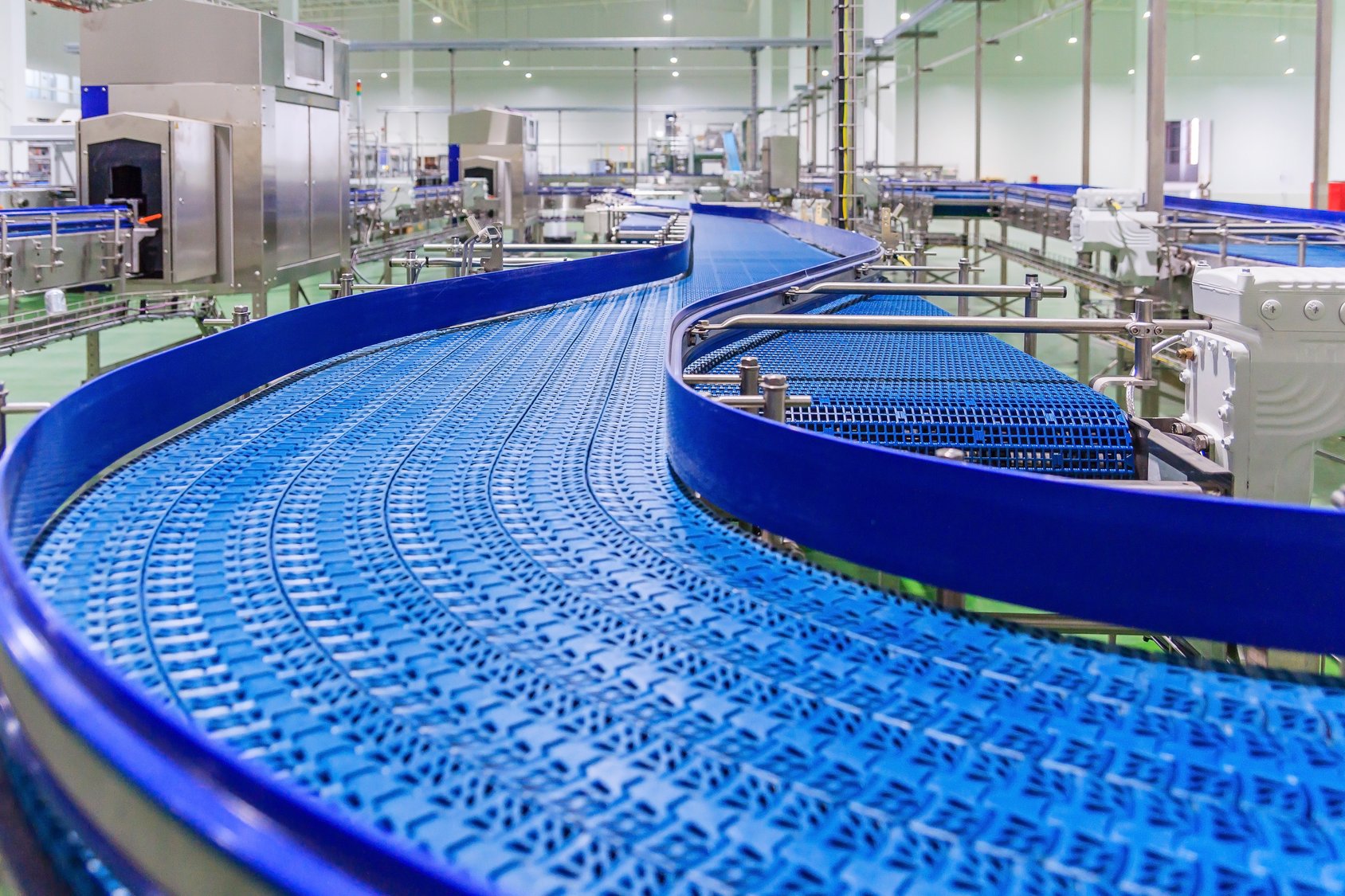Emotion and data
I like a sense of order. If a picture is crooked, I straighten it. If there is a mess in the kitchen, I clean it up. I’m not obsessive about it, but it is part of my nature.
I also like data. Not data for data’s sake. Rather, data that brings clarity to a problem or situation, which brings me right back to my desire for a sense of order. Data helps me understand if a problem is fixed, or situation is under control. The data feeds my need for a sense of order.
These traits have helped me avoid many pitfalls over my career. Not all of them – I’ve certainly had my share of failures – but I’ve avoided enough to enjoy some success. It has helped me separate emotions (this feels right) from data (this is right) that either supports, or doesn’t support a decision. That separation of emotions and facts brings me clarity. If the risks in that decision are low, like choosing a free app for your smartphone, going with your emotions is fine.
But what if you are facing a decision with much higher stakes, like trying to choose a cloud ERP solution for a small to medium-sized manufacturer? As I’m sure you know, failure is an option. I would lean on data much more than I would lean on emotion to make an ERP selection decision. If you are choosing the right software, your data will support that decision. If you choose based on your emotions, that decision can easily lead to an additional emotion: regret.
The ROI model
To avoid a regretful decision and to strengthen the data side of the equation, many organizations focus on the cloud ERP’s return on investment (ROI). At a high level, an acceptable ROI means you get more out of the investment than you put in. The problem is the cloud ERP decision usually doesn’t fit into an ROI model. Before I explain why, let’s look at a common example of using an ROI model to make a business decision.
Let’s say you are wondering if replacing the production floor lighting with LEDs would be a smart move. You can develop an ROI equation to give you some insight into the decision. First, look at the yearly costs to operate and maintain the current lights. Next, estimate the yearly costs to operate and maintain the new LED lights (be conservative). Finally, will the LED lights eliminate any costs? For example, LED lights don’t heat up, so there will be a savings when it comes to cooling the space. Add that savings as a cost to the operation of the current lights. There is more nuance to this, but you get the idea. Please note the cost of removing the old lights and installing the LED lights is not part of the calculation yet. That comes next.
After all the number crunching, let’s say it costs $100,000 per year to run, maintain, and offset the heat load of the current lights. The costs for running and maintaining the LEDs are $25,000 per year. That’s a savings of $75,000 each year. Does that make switching to LED lights a good idea? You don’t have enough information yet to know. This is where the installation costs and ROI come in. Let’s say it’s one million dollars to install the LED lights. The ROI calculation is $1,000,000/$75,000 = 13.3 years. In other words, it will take 13.3 years for the savings to return the million-dollar investment. The ROI is 13.3. If the installation cost is $100,000, the ROI is 1.3 years.
This decision fits into the ROI model because all the variables can be measured and verified. Emotionally, LED lights sound like a good idea. Data to support or reject the LED idea is available when the ROI is calculated. In my example, if the ROI was 1.3, it would be a no brainer. Invest $100,000, get it back in 1.3 years, and then pocket $75,000 every year after? Where do we sign? However, a 13.3 year ROI is a different story. This doesn’t mean LED lights are bad. It just means it’s not a good investment. The company may still decide to move forward with LED lights, but the reason would not be ROI.
In my example, calculating the ROI brought clarity to the decision-making process. It’s understandable that organizations considering a cloud ERP investment would look for the same clarity. No one wants to make a big mistake here. So, why doesn’t an ROI model work with ERP evaluations?
Why ROI falls apart with ERP
In the ROI example above, we compared one lighting system against another. But what if the organization had no lights? Any investment in lights is an added expense. This doesn’t fit the ROI model because the real decision is this: What is the value of light? (This might sound like a foolish premise, but keep reading and it will all come together.)
“Wait a second,” you may be thinking. “What if installing lights doubled production?” That’s a fair question, but a “what if” isn’t a fact that can be verified. It’s an educated guess at best. Introducing guesses into an ROI model can lead to any kind of result you want, which doesn’t provide clarity. It is just dangerous noise because it has the appearance of insight, but in reality, is only conjecture based on guesses. It’s a house of cards, if you will.
That being said, there is no shortage of ERP ROI calculators on the internet. In my view, they are worthless because all the savings are based on assumptions. Here are a few of my favorites:
- Current inventory turns______. Inventory turns post implementations_____.
- Current WIP_____. WIP after implementation_____.
- Current headcount_____. Headcount after implementation_____.
The post-implementation answers are not verifiable facts; they are assumptions.
I’m passionate about this because we sell cloud and on-premise ERP software. I would LOVE to have a ROI calculator that brings clarity to our prospects. It would simplify our job and increase our sales. (In related news, I would also love to turn lead into gold. Wouldn’t that be great?) I tried to find an ERP ROI calculator. I’ve tried to create one. I finally gave up because I don’t want to mislead our prospects. Not every company that sells ERP shares our values. Keep this in mind if you are presented with an official-looking ROI that (surprise!) points to buying the product the presenter is selling.
Many companies looking for ERP have “no lights”
My earlier example of a company not having lights may be a bit foolish, but it’s a good analogy for the vast majority of small to medium-sized manufacturers considering cloud ERP. Here’s why.
Every small to medium-sized manufacturer wants to be profitable. But how do you do that? From a production standpoint, a company must know what they think it will cost to make what they make (estimated cost), and what it did cost (actual cost). Compare the two; make adjustments in the estimated cost, the performance of the shop employees, or the selling price as needed; and repeat.
The vast majority of our prospects don’t know their estimated or actual costs. Going back to my light analogy, they have no lights. What is the value of a company knowing its costs? I think it’s the same as having lights. You need it—period. If the lights went off, you’d figure out how to get them back on. The same is true (or should be) when it comes to costs. If you don’t know them, you figure out how to get that knowledge. This often leads to an ERP search.
I focused on costs, but there are many other areas where our prospects have “no lights”:
- Capacity management
- Best date available
- Material requirements
- Job tracking
- Production efficiency and uptime
This is why trying to use an ROI methodology to help choose your cloud ERP (or on-premise ERP) can’t be calculated. Does this mean you are doomed to making this decision with no clarity? Of course not. I wrote an eBook on How to Select ERP …and not regret it. It’s an easy read, and if you follow it, you will have the knowledge you need. If you’d like to discuss your ERP selection strategy, or whether looking for ERP is even the right strategy for your company, I’m available for a free 30-minute consultation.









